Figures & data
Figure 1 Comparison of human scoring to machine scoring.
Abbreviations: REMS, rapid-eye-movement sleep; SWS, slow-wave sleep.
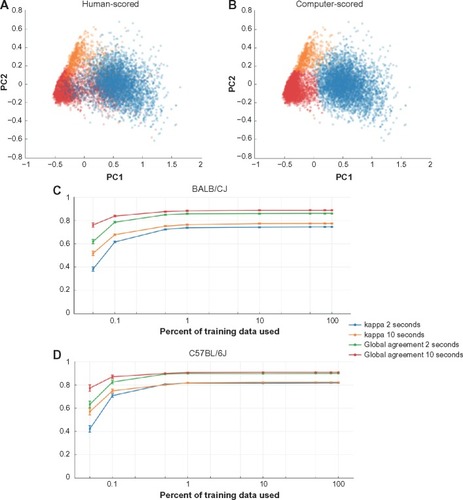
Figure 2 EEG and EMG data for comparison of human scoring and machine scoring.
Abbreviations: EEG, electroencephalography; EMG, electromyography; REMS, rapid-eye-movement sleep; SWS, slow-wave sleep.

Figure 3 Agreement statistics between human scoring and machine scoring.
Abbreviations: B6, C57BL/6J mice; BA, BALB/CJ mice; REMS, rapid-eye-movement sleep; SWS, slow-wave sleep.
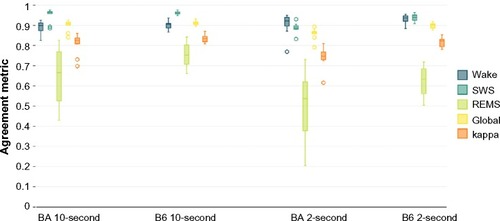
Table 1 Confusion matrix, human versus machine scoring; percentage of correct classifications
Figure 4 Sleep-state percentages in human-scored versus machine-scored 10-second epoch data.
Abbreviations: B6, C57BL/6J mice; BA, BALB/CJ mice; REMS, rapid-eye-movement sleep; SWS, slow-wave sleep.
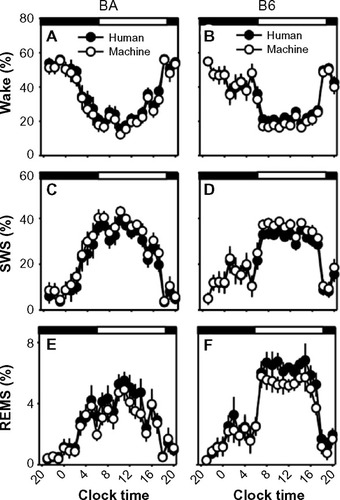
Table 2 Sleep states in 10-second epochs, human versus machine scoring (minutes/24 hours)
Figure 5 Sleep-state percentages in human-scored versus machine-scored 2-second epoch data.
Abbreviations: B6, C57BL/6J mice; BA, BALB/CJ mice; REMS, rapid-eye-movement sleep; SWS, slow-wave sleep.
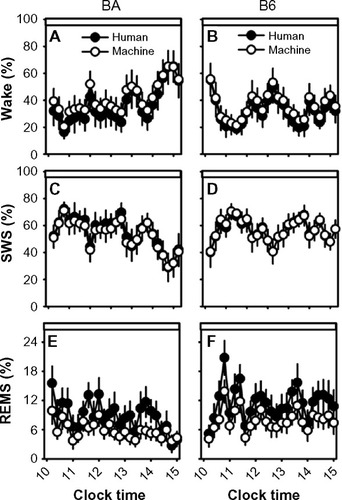
Figure 6 Machine-scored data in 10-second epochs exhibit similar frequency profiles to human-scored data.
Abbreviations: B6, C57BL/6J mice; BA, BALB/CJ mice; EEG, electroencephalography; EMG, electromyography; H, human; M, machine; NS, not significant; REMS, rapid-eye-movement sleep; SWA, slow-wave activity; SWS, slow-wave sleep.
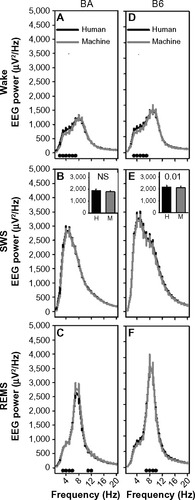
Figure 7 Homeostatic modeling of lactate data and SWA scored by human or machine.
Abbreviations: REMS, rapid-eye-movement sleep; SWA, slow-wave activity; SWS, slow-wave sleep.
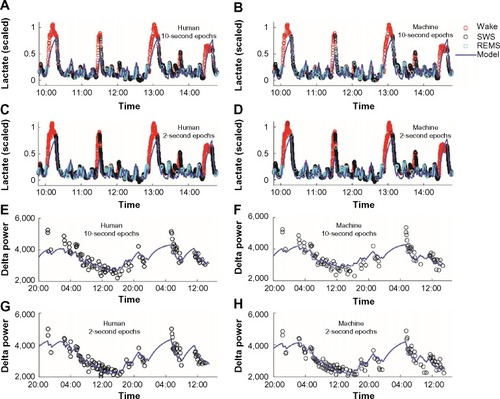
Figure 8 Strain differences in optimal time constants in general homeostatic modeling of state-dependent SWA and lactate dynamics.
Abbreviations: B6, C57BL/6J mice; BA, BALB/CJ mice; NS, not significant; REMS, rapid-eye-movement sleep; SWA, slow-wave activity; SWS, slow-wave sleep.
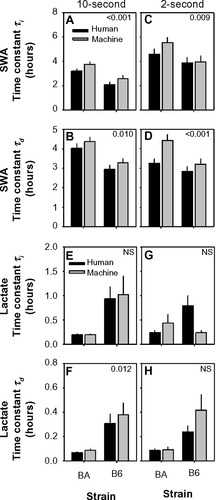
Figure 9 Differences in residuals of model fit to data scored by human or machine.
Abbreviations: B6, C57BL/6J mice; BA, BALB/CJ mice; NS, not significant; R SWA, slow-wave activity.

Table 3 Strain difference in sleep timing: human versus machine scoring
Figure 10 Strain differences in sleep/wake state timing scored in 10-second epochs.
Abbreviations: B6, C57BL/6J mice; BA, BALB/CJ mice; REMS, rapid-eye-movement sleep; SWS, slow-wave sleep.
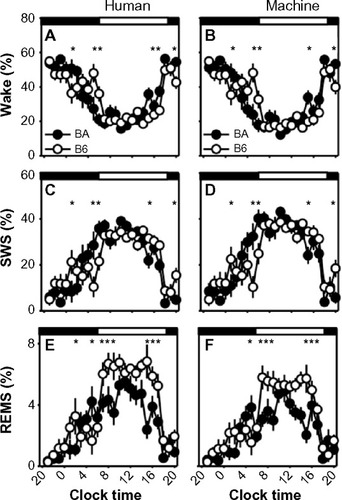
Figure 11 Strain differences in EEG power spectra in 10-second epochs scored by human or machine.
Abbreviations: B6, C57BL/6J mice; BA, BALB/CJ mice; EEG, electroencephalography; NS, not significant; REMS, rapid-eye-movement sleep; SWS, slow-wave sleep.
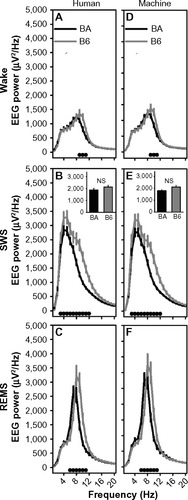
Table 4 Strain difference in 10-second EEG spectral profiles: human versus machine
Table 5 Strain difference in homeostatic dynamics: human versus machine
